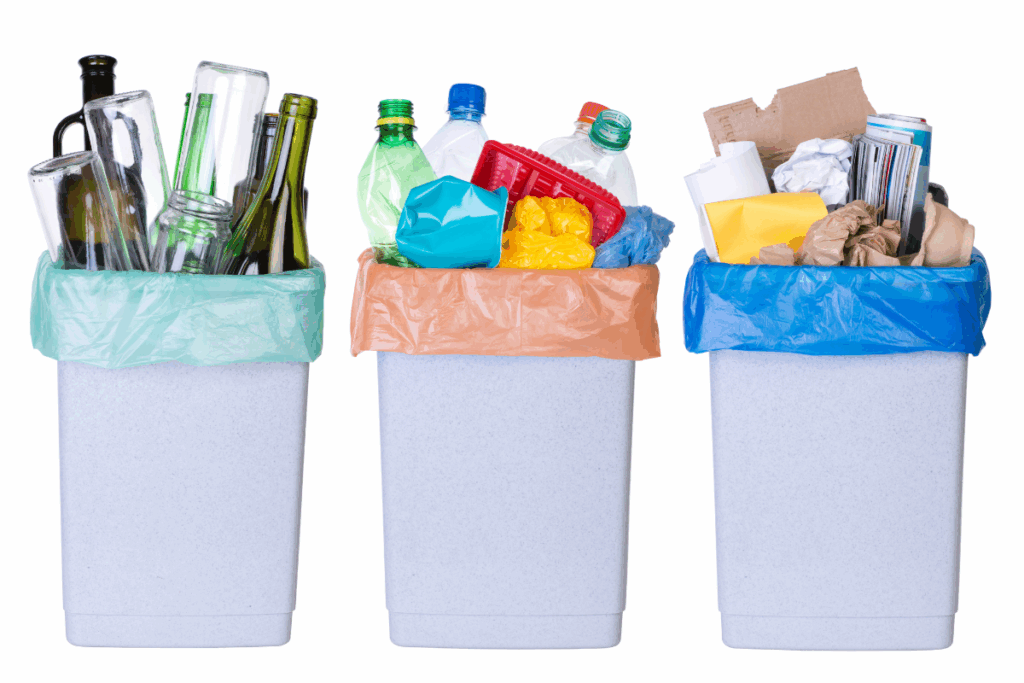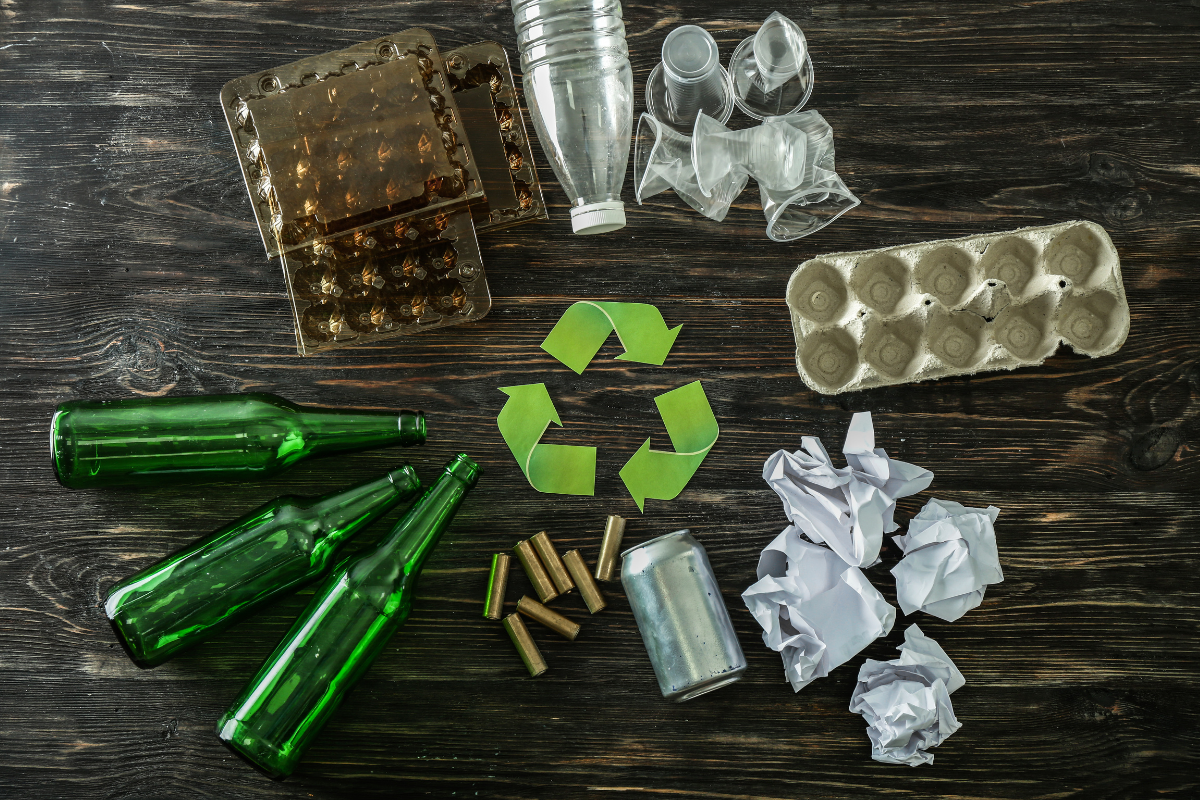Beneath Singapore’s glistening facade of modernity and meticulous order lies a paradox: a tiny island nation, perpetually short on land, grappling with the colossal challenge of its own waste. How does a country with virtually no hinterland manage the refuse generated by its 5.7 million inhabitants and burgeoning industries? The answer is a sophisticated, multi-pronged system that is both a global model and a testament to pragmatic ingenuity, yet one that constantly confronts its own limitations.
The “Zero Waste” Ambition: A Lofty Goal in a Land-Scarce Reality
Singapore’s environmental narrative is increasingly shaped by its ambitious “Zero Waste Nation” vision, a core pillar of the broader Singapore Green Plan 2030. On paper, it sounds utopian – a society where waste is minimised, resources are conserved, and materials are continually cycled back into the economy. In practice, Singapore is embarking on a long and arduous journey towards this ideal. The nation’s domestic recycling rate hovers around 12% (as of recent figures), a figure that, while showing some improvement, highlights the considerable ground still to be covered to align with its aspirations. The fundamental hurdle remains spatial constraints; there’s simply nowhere to bury vast quantities of waste. This geographical imperative has, perhaps uniquely, propelled Singapore towards innovative, albeit energy-intensive, solutions.
From Rubbish to Resource: The Incineration Strategy
The cornerstone of Singapore’s waste management strategy is its advanced incineration programme, an approach born out of necessity. With land at a premium, traditional landfills were never a viable long-term solution. Instead, the vast majority of Singapore’s waste (approximately 60%) is transported to state-of-the-art Waste-to-Energy (WTE) plants. Here, waste is incinerated at high temperatures, drastically reducing its volume by up to 90%. Crucially, the heat generated from this process is harnessed to produce steam, which then drives turbines to generate electricity for the national grid.
This ingenious method not only tackles the volume problem but also contributes significantly to Singapore’s energy security. The Pulau Semakau Offshore Landfill serves as the ultimate repository for the non-incinerable waste and the ash residue from the WTE plants. Semakau itself is a marvel of engineering: an offshore landfill built by enclosing a part of the sea with a 7 km perimeter rock bund, it is beautifully landscaped and even hosts marine life. While remarkably effective for volume reduction and energy generation, the incineration strategy does come with its environmental considerations, including air emissions (though rigorously monitored and filtered) and the generation of ash, which still requires disposal. The longevity of Semakau, despite its innovative design, also has its limits, reinforcing the urgency of waste reduction at source.
Recycling in Practice: A Mixed Bag of Challenges and Initiatives
While incineration handles the bulk, recycling remains critical for resource maximisation. Singapore’s approach to recycling is multifaceted, though not without its challenges.
Household Recycling: The ubiquitous blue recycling bins, managed by Public Waste Collectors (PWCs), are a familiar sight across HDB estates and private residences. These bins operate on a commingled system, meaning residents can deposit various recyclables (paper, plastics, glass, metals) into a single bin. While convenient, this system contributes to a significant contamination rate. Food waste, liquids, and non-recyclable items often find their way into the blue bins, rendering otherwise recyclable materials unusable. This contamination is a major headache for recycling plants and significantly reduces the actual recycling yield. Public awareness campaigns, like the NEA’s “Recycle Right” initiative, consistently emphasise the importance of rinsing recyclables and avoiding “wish-cycling” (recycling items out of hope rather than certainty).
Commercial and Industrial Recycling: Beyond the household, the commercial and industrial sectors play a substantial role. Many businesses have their own recycling programmes, often driven by regulations for specific waste streams like construction and demolition waste, or by economic incentives for materials such as scrap metal or cardboard. There are also increasing efforts to encourage industrial symbiosis, where waste from one industry becomes a raw material for another.
Public Awareness & Participation: Singapore’s commitment to environmental education is robust, with campaigns targeting schools, communities, and workplaces. However, despite these efforts, a knowledge-action gap persists. Surveys often reveal that while Singaporeans generally support recycling, consistent proper practices are not universal. Habits, convenience, and a lack of clear understanding about what can and cannot be recycled remain significant barriers. Initiatives like Reverse Vending Machines for plastic bottles and aluminium cans, and community collection drives for specific items like e-waste, aim to make recycling more accessible and incentivised.
The Role of Technology and Innovation
Singapore is investing heavily in technology to overcome its waste challenges. Smart bins equipped with sensors to monitor fill levels optimise collection routes, reducing fuel consumption and emissions. Advanced material recovery facilities (MRFs) are being explored to improve the efficiency of sorting commingled recyclables and reduce contamination. There’s also research into novel waste treatment technologies beyond incineration, such as gasification and pyrolysis, which offer potentially cleaner ways to process non-recyclable waste. Furthermore, the focus is increasingly on “upcycling” and finding innovative uses for waste materials, such as turning incineration ash into construction materials.
Policy and Regulation: Driving Change
Underpinning Singapore’s waste management framework is a robust set of policies and regulations, primarily spearheaded by the National Environment Agency (NEA). The NEA develops and enforces environmental laws, manages public waste collection, and promotes recycling. Key policies include the Extended Producer Responsibility (EPR) scheme for packaging waste, which aims to make producers responsible for the end-of-life management of their products, thereby incentivising design for recyclability. The Zero Waste Masterplan, part of the wider Singapore Green Plan 2030, outlines targets for reducing landfill waste and increasing recycling rates across various waste streams. These top-down directives are crucial in shaping industry behaviour and consumer habits.
The Future of Waste: Towards a Circular Economy

The ultimate trajectory for Singapore’s waste system is a shift towards a circular economy – a model that aims to eliminate waste by continually utilising resources. This means moving beyond the linear “take-make-dispose” model to one where products are designed for durability, reusability, and recyclability. For Singapore, this involves:
- Minimising Consumption: Encouraging mindful consumption and reducing single-use items.
- Maximising Resource Recovery: Improving recycling rates across all waste streams, especially food waste and plastics.
- Developing New Industries: Fostering businesses that can process waste into valuable new products.
- Innovation in Design: Working with industries to design products with their end-of-life in mind.
The challenges are considerable. It requires a fundamental shift in mindset from both producers and consumers, significant investment in infrastructure, and continuous technological advancement. However, the imperative for Singapore, given its land scarcity, is not just environmental but existential.
Conclusion: A Model, With Room to Grow
Singapore’s waste and recycling system is a testament to what can be achieved through strategic planning, technological investment, and stringent enforcement in the face of unique geographical constraints. Its incineration-based approach provides an efficient solution for immediate waste disposal and energy generation, making it a compelling model for other land-scarce nations. Yet, the journey towards true sustainability is ongoing.
The relatively low domestic recycling rates and the persistent issue of contamination highlight the continuous need for public engagement, behavioural change, and better-designed collection systems. As Singapore looks towards its “Zero Waste Nation” ambition and the broader goals of the Singapore Green Plan 2030, the collective effort of its government, forward-thinking industries, and conscientious citizens will be paramount. Only through sustained commitment to reduce, reuse, and ultimately rethink waste, can this compact island truly forge a future where its environmental aspirations are matched by its reality.


